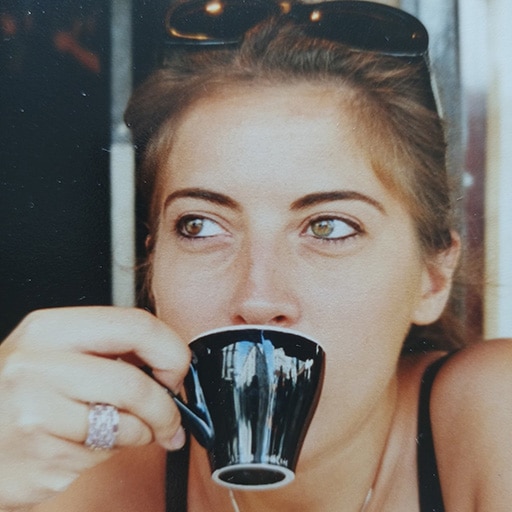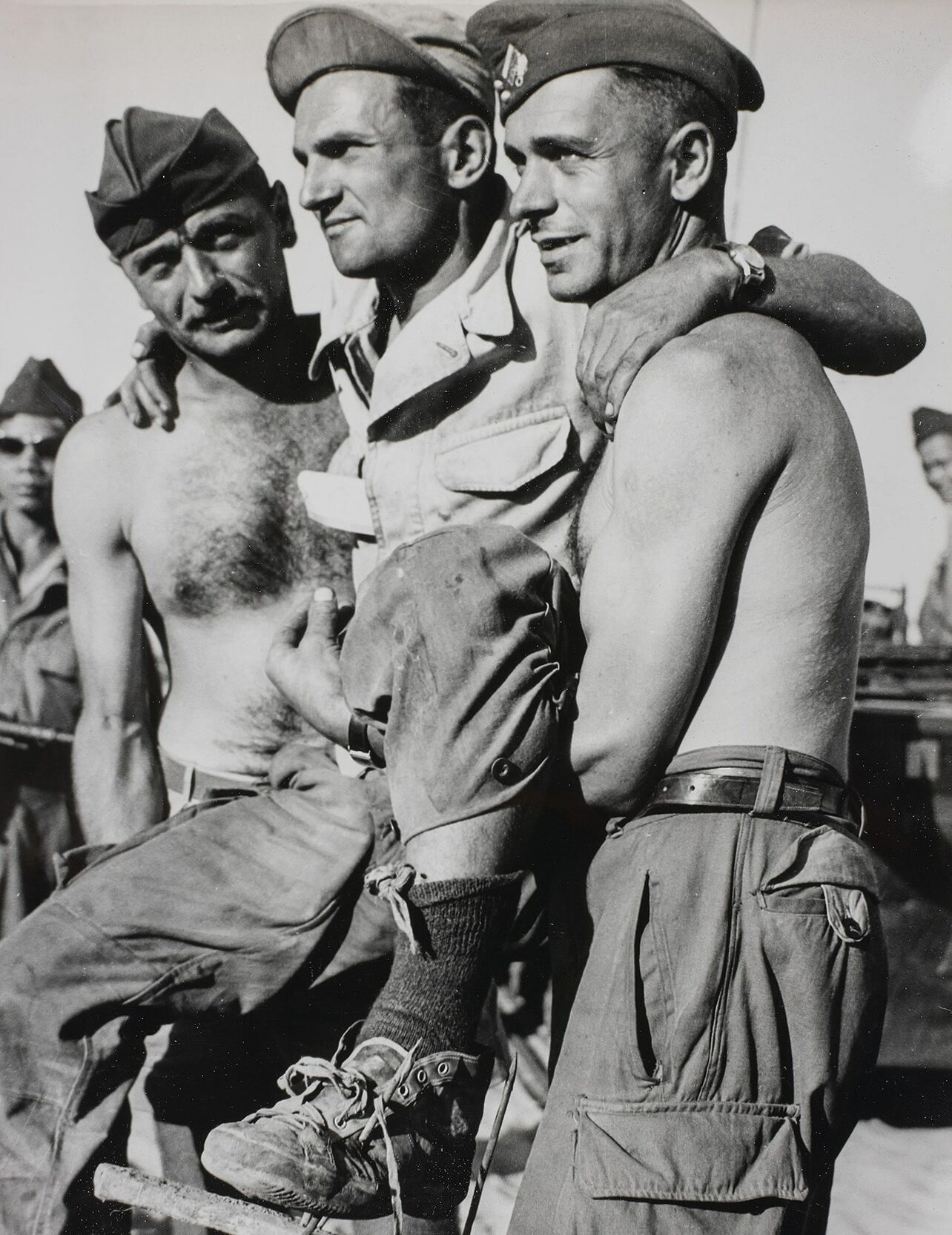
Few cultural events get as close to the heart of the tragedies unfolding in the news as the exhibition at the Musée de l’Armée at the Hôtel des Invalides in Paris. Envisioned far in advance, but open to the public only since April 6, “Photography at War” invites visitors to discover and understand how media has influenced the way wars have been construed over time. Over 300 photographs exhibited across some 700 square meters in ten thematic sequences survey the representation of conflicts, the development of the illustrated press, the construction of iconic images, the myth of the photojournalist, and the conquest of public opinion. This very first presentation of the collections probes the history of images that permeate the collective memory.
Complex relationships
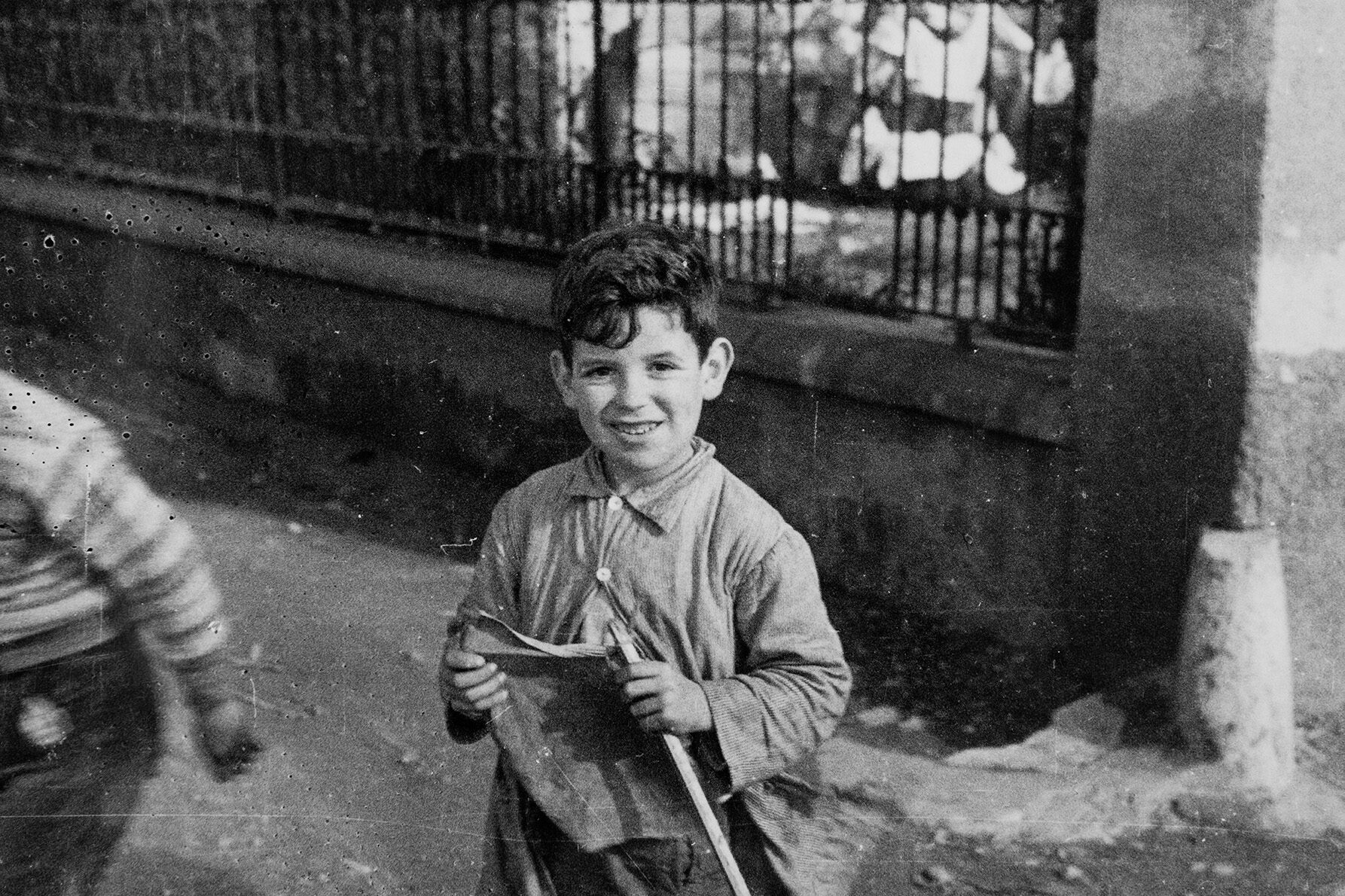
Just as the media is saturated with images of the invasion of Ukraine by the Russian army, the exhibition allows us to recontextualize the complex relationship between photography and war. “Producing a photograph in 1849 has a different meaning than in 2022,” notes Anthony Petiteau, one of the exhibition’s four co-curators. “Even if these images represent similar subjects — ruins, destruction — as those familiar to us today, the context of their production always impacts the message these photographs convey.”
The war waged at the gates of Europe accentuates this state of affairs: the same reality underlies two types of message generated by the opposing camps. A fast-forward through two centuries of photography offers an important lesson about those who make, shape, distribute, sell, and watch war images. Nothing escapes scrutiny: from the Siege of Rome in 1849 to the Crimean and Civil Wars, to World War I and II, the Vietnam War, the Spanish Civil War, to the Cold War and the ongoing conflicts in Syria and Ukraine.
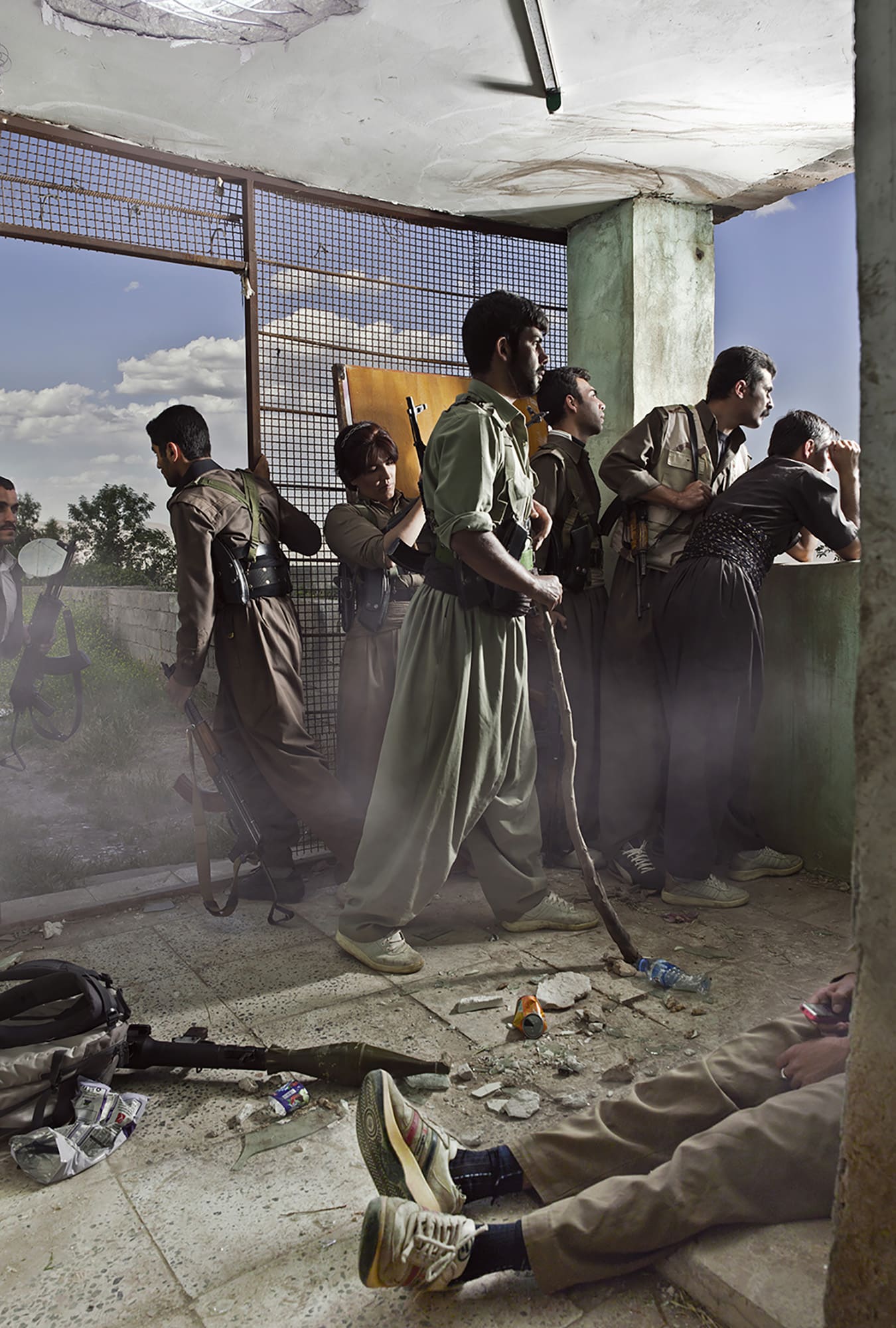
Reporting, informing, documenting, influencing, arousing emotion, mobilizing opinion: these are the key words that beat the drum of the history of war photography. The museum invites us to critically dissect the image: through the arts (drawings and paintings) and technical advances (glass plates, contact sheets, portraits, stereoscopic views, aerial photographs…). The ten chronological themes address the social, cultural, economic, political, and military as well as aesthetic aspects of photography.
The exhibition opens with an image by Émeric Lhuisset showing Kurdish guerrillas in Iraq in 2012. It is part of his series “Theater of War”, which revisits the relationship between pictorial art and photography. “I am interested in the construction of images of war and their reception in our societies,” explains the artist, photographer, and geopolitician, who has recently traveled to Ukraine to work on a sequel to his project on the Maidan Revolution. “Delacroix debunked the idea that ‘accuracy is truth’, when it comes to either a staged or action shots.” I asked myself those same questions and invited combatants in a war zone to replay their reality in reenactments inspired by the paintings of the Franco-Prussian War of 1870. The viewer immediately wonders how much is real and how much is fake.”
Denouncement or legitimization
The overflow of images we experience today dates back to World War I. The objective was to keep a visual record of the massacres and the horrors of war, as remembrance and testimony. As Anthony Petiteau pointed out, “photos taken during that period were reused and recontextualized by both pacifist and warmongering discourses.”
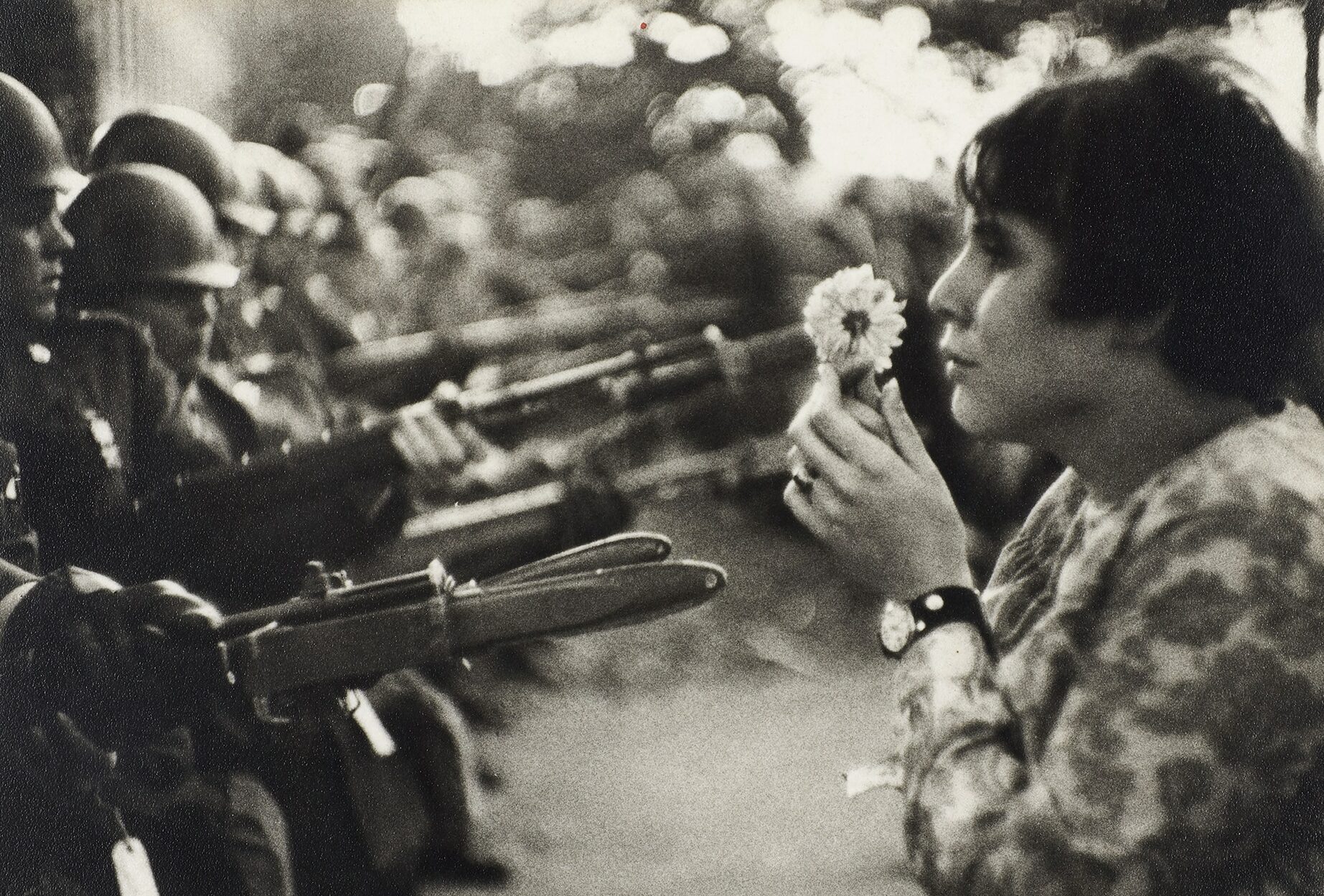
The exhibition thus shows the evolution of the manipulation of the image. For example, during the Spanish Civil War, as the curator explains, the figure of the child-martyr: “The image of a little girl victim of bombing became a catalyst of the process. It was reproduced in the form of postcards and fliers distributed and marketed abroad. In any conflict, there is also a propaganda war. The figures of the child and the mother became recurring motifs through all the wars of the twentieth and twenty-first centuries.” The child motif resurfaces again on the front page of Libération on April 6, 2017 to mobilize the public and condemn the use of chemical weapons in Syria by the Bashar El-Assad regime. “Newspapers had decided not to run these photos. Libération was the only one to do so. It was more of an ethical and moral than a journalistic choice.”
The Indochina Wars offered exclusively the point of view of the French army, which, with its own media outlet, controlled the production of images. In contrast, Marc Riboud takes us to a peace march with his famous photo Young Girl Holding a Flower, taken during a demonstration against the war in Vietnam in 1967.
Photo-symbols and a visual revolution
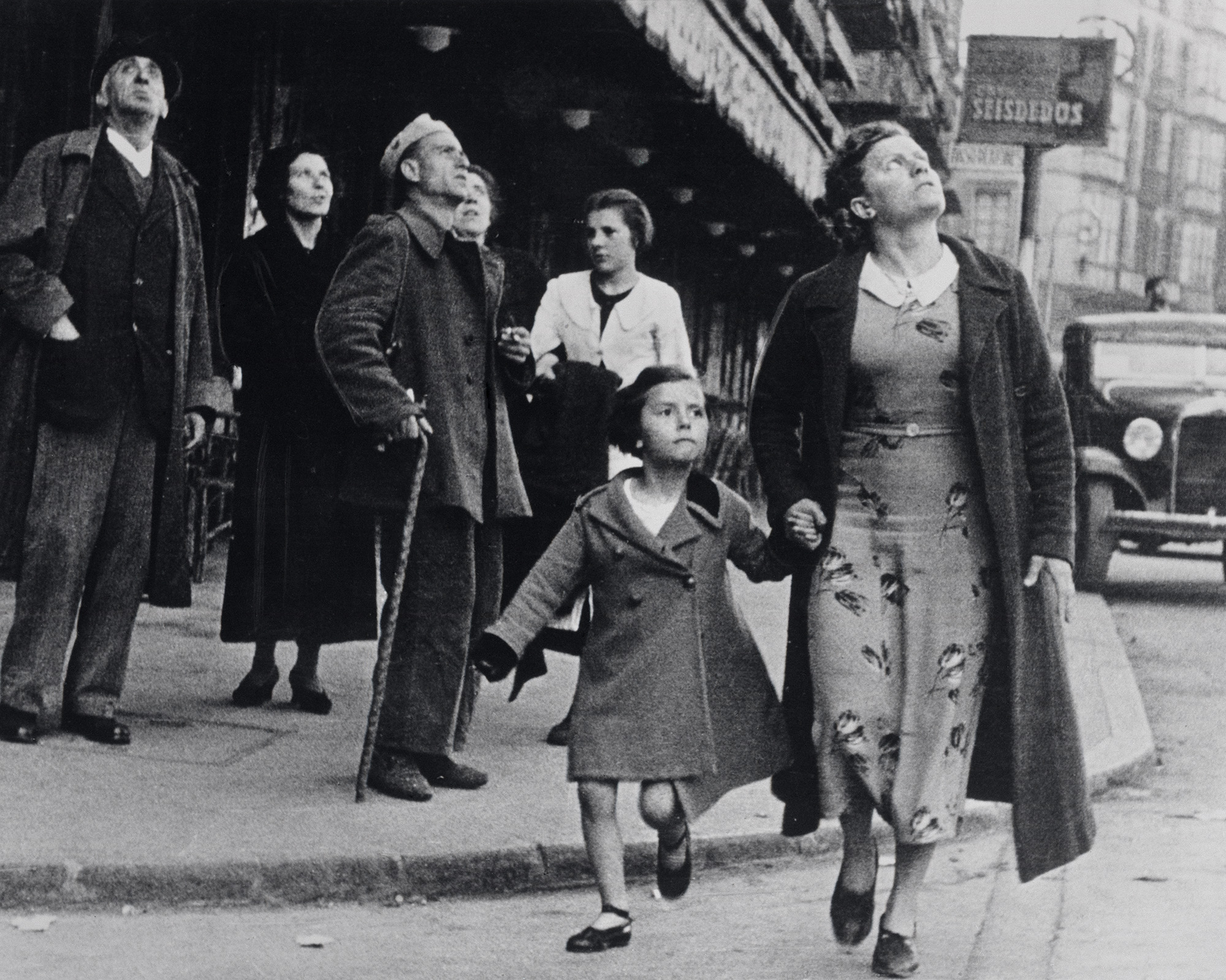
Robert Capa, Margaret Bourke-White, Lee Miller, Paul Corcuff, Don McCullin, Gilles Caron, Richard Mosse, Laurent Van der Stockt, Yan Morvan: all embody the rebirth of photojournalism. This change was initiated by Capa, in particular through one of his pictures of the Spanish Civil War which captured the moment of death of a militiaman, published in the magazine Vu and bought by Life. “The successive re-use of these images contributed to turning them into icons. And Capa’s image was privileged over others,” says Anthony Petiteau. Raising the Flag on Iwo Jima (Joe Rosenthal) or Raising a Flag over the Reichstag (Yevgeny Khaldei) remain symbolic of World War II, thanks to their repetitive use in the media.
“Staging is ubiquitous in the portrayal of armed conflicts, as is well shown in this exhibition,” says Émeric Lhuisset. “Image-icons are themselves identified or suspect as such. I’m thinking precisely of this soldier mowed down by a bullet, photographed by Capa. But others were clearly orchestrated, too, like the fall of Saddam Hussein in Iraq in 2003.” The exploration continues with the democratization of amateur practices (private images, albums), the representation of borders, and communication via social networks.
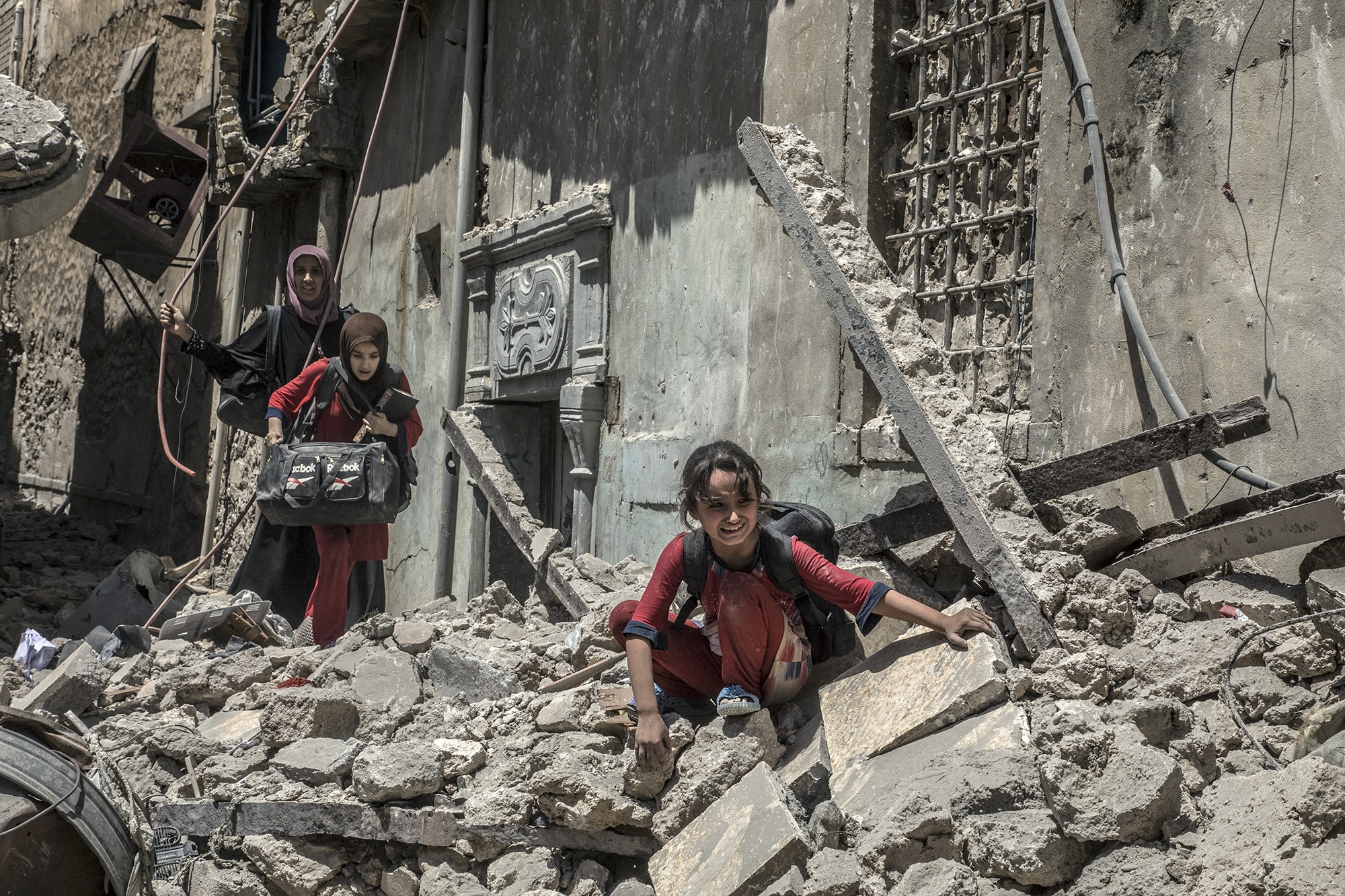
Throughout the visit, we are thus confronted with a visual revolution that shows the power and influence of the medium. “Some motifs recur over time,” notes Anthony Petiteau. “The landscapes of war are timeless, and destruction transcends historical periods.” This is evidenced in the series “Fatescapes” by Pavel Maria Smejkal, which is the culmination of the construction of an icon, such as that of The Napalm Girl (Nick Ut) during the Vietnam War. The figure has been removed to show only the landscape. “The image is so imprinted in the collective memory that we no longer need the visual cue to recognize it.”
This groundbreaking exhibition probes the multifaceted nature of war, becoming more reflective, chaotic, subverted, heartbreaking, unbearable, essential. The survey is complemented by the Musée de la Libération de Paris which focuses on “the participation of women in conflicts and in the brutality of war, whether as combatants, victims, or witnesses.”
“Photography at War“, until July 24, 2022 Musée de l’Armée, Hôtel national des Invalides, 129, rue de Grenelle, 75007 Paris.
Exhibition preview here.

